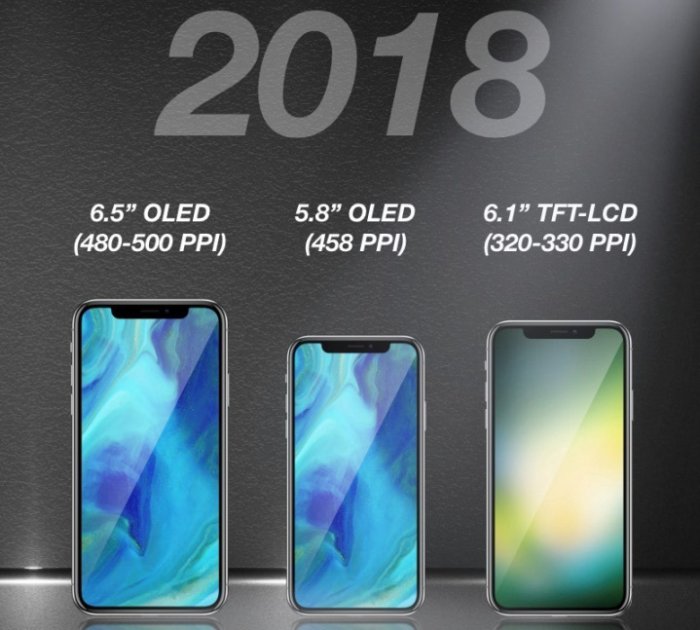
- A11X or A12 chip likely
- Storage models will probably start from at least 64GB
- No headphone jack expected
All the 2017 Apple iPhone models featured the same A11 Bionic chip with 64-bit architecture, a neural engine and an embedded M11 motion coprocessor.
A new year brings a new chip, always. That means we are likely to see either an A11X processor in the 2018 iPhone models, or an A12 chip, depending on what Apple chooses to call it. Either way, it will no doubt offer performance improvements and possibly battery improvements if you’re lucky.
None of the 2018 models are likely to feature microSD for storage expansion as Apple devices never have done and they aren’t likely to resurrect the 3.5mm headphone jack either so expect a Lightning port only for both charging and listening to music.
Current storage options for the iPhone 8, 8 Plus and iPhone X are 64GB and 256GB so we’d guess the same will apply for any 2018 models, unless Apple opts to start options at 128GB. We certainly don’t expect lower than 64GB.
It’s also been predicted that all the iPhone 2018 models will support gigabit LTE data transmission speeds and 4×4 MIMO standards, something the Sony Xperia XZ Premium and the Samsung Galaxy S8 already support. If true, expect faster speeds and the potential of improved coverage in low coverage areas.
A new report from South Korea’s ETNews, for instance, has claimed Apple’s future iPhones will have a smaller notch – certainly from 2019.

Oddly, this isn’t the first time we’ve heard news about not this year’s iPhone but next year’s model. Bloomberg has already said Apple is developing a “3D sensor” for the back of the 2019 iPhone.
And, according to KGI Securities analyst Ming-chi Kuo, the new iPhone flagship will have a 2 cell battery leading to increase the battery life by around 25 percent (3,300-3,400mAh). If this is an iPhone X Plus as is rumoured (with the 6.5-inch display mentioned above) then there would be only minor upgrades over last year’s iPhone X.










